Vietnam: What are the guidelines for preparing the briefest lesson "Tiếng cười có lợi ích gì?"? What learning outcomes are required for the reading content in the 8th-grade Literature curriculum?
What are the guidelines for preparing the briefest lesson "Tiếng cười có lợi ích gì?"?
The lesson "Tiếng cười có lợi ích gì?" is part of the 8th-grade Literature curriculum.
Students can refer to the following guidelines for preparing the briefest lesson "Tiếng cười có lợi ích gì?":
|
Guidelines for preparing the briefest lesson "Tiếng cười có lợi ích gì?"
|
*Note: The above guidelines for preparing the briefest lesson "Tiếng cười có lợi ích gì?" are for reference only./.
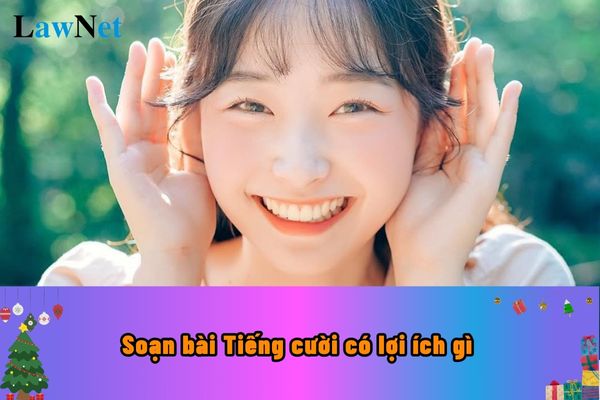
What are the guidelines for preparing the briefest lesson "Tiếng cười có lợi ích gì?"? What learning outcomes are required for the reading content in the 8th-grade Literature curriculum? (Image from the Internet)
What learning outcomes are required for the reading content in the 8th-grade Literature curriculum in Vietnam?
Under Section 4 of the General Education Program for Literature, issued along with Circular 32/2018/TT-BGDDT, the learning outcomes required for the reading content in the 8th-grade Literature curriculum in Vietnam are as follows:
Content Reading Comprehension
- Identify the overall content of the text; recognize the distinctive details, themes, stories, and characters within the coherence of the work.
- Identify and analyze the theme, ideas, and messages that the text aims to convey to the reader through its artistic form; analyze some basis for identifying the theme.
- Identify and analyze the emotions, feelings, and dominant inspiration of the writer expressed through the text.
Form Reading Comprehension
- Identify and analyze the role of imagination in receiving literary texts.
- Recognize some elements of humorous stories, and historical stories such as plot, setting, characters, and language.
- Identify and analyze single-stranded and multi-stranded plots.
- Identify and analyze the effect of some main satirical artistic techniques in poetry.
- Recognize some elements of the poetic laws of seven-word-and-eight-line poetry and Tang-style quatrains such as composition, rhyme scheme, rhythm, and opposition.
- Identify and analyze the uniqueness of a poem expressed through words, images, composition, and emotional flow.
- Identify and analyze some elements of comedy such as conflict, action, characters, dialogue, and satirical techniques.
Relation, Comparation, Connection
- Understand that each reader may have their own way of receiving a literary text; know to respect and learn from others' approaches.
- Comment on the content reflected and the author's perspective on life and people in the literary text.
- Describe the changes in thoughts, feelings, or lifestyle after reading a literary work.
Extended Reading
- Within one school year, read at least 35 literary texts (including texts guided for reading on the Internet) that have genres and lengths equivalent to the texts studied.
- Memorize some favorite poems or excerpts from the program.
Argumentative Texts
Content Reading Comprehension
- Recognize the thesis, points, arguments, and key evidence in the text.
- Analyze the relationship between the thesis, points, arguments, and evidence; the role of points, arguments, and evidence in expressing the thesis.
Form Reading Comprehension
Distinguish between objective arguments and evidence (verifiable) and the writer's subjective opinions and evaluations.
Relation, Comparation, Connection
Relate the content stated in the text to contemporary social issues.
Extended Reading
Within one school year, read at least 9 argumentative texts (including texts guided for reading on the Internet) with lengths equivalent to the texts studied.
Informational Texts
Content Reading Comprehension
- Analyze the basic information of the text.
- Analyze the role of details in expressing the basic information of the text.
Form Reading Comprehension
- Identify and analyze the characteristics of some types of informational texts: texts explaining a natural phenomenon; texts introducing a book or film watched; identifying the relationship between the characteristics of the text and its purpose.
- Identify and analyze how information is presented in the text, such as in chronological order, causal relationships, importance of the subject, or comparison and contrast methods.
Relation, Comparation, Connection
- Relate the information in the text to contemporary social issues.
- Assess the expressive effectiveness of a type of non-linguistic medium in a specific text.
Extended Reading
In one school year, read at least 18 informational texts (including texts guided for reading on the Internet) with types and lengths equivalent to those studied texts.
What is the actual learning time in the newest general education program for 8th Grade under Circular 32 in Vietnam?
According to the provisions of Article 2 of Circular 32/2018/TT-BGDDT, the regulations are as follows:
The general education program applies to:
1. first grade from academic year 2020-2021.
2. second and sixth grade from academic year 2021-2022
3. third and seventh grade from academic year 2022-2023
4. fourth, eighth and eleventh grade from academic year 2023-2024.
5. fifth, ninth and twelfth grade from academic year 2024-2025.
Under Section 4 of the general education program issued along with Circular 32/2018/TT-BGDDT, amended by Article 1 of Circular 13/2022/TT-BGDDT regarding the educational plan:
EDUCATIONAL PLAN
The general education program is divided into two phases: the basic education phase (from grades 1 to 9) and the career-orientation education phase (from grades 10 to 12).
The system of subjects and educational activities of the general education program includes compulsory subjects and educational activities, elective subjects for career orientation (referred to as elective subjects), and optional subjects.
The actual learning time in one academic year is equivalent to 35 weeks. Educational institutions can organize teaching 1 session/day or 2 sessions/day. Institutions organizing teaching 1 session/day and 2 sessions/day must implement the unified compulsory education content applicable to all educational institutions nationwide.
...
2. career-orientation Educational Phase
2.1. Educational Content
Compulsory subjects and educational activities: Literature; Mathematics; Foreign Language 1; History; Physical Education; National Defense and Security Education; Experiential Activities, Career Orientation; Local educational content.
Elective subjects: Geography, Economic and Legal Education, Physics, Chemistry, Biology, Technology, Informatics, Music, Art.
Students choose 4 subjects from the elective subjects.
...
The newest general education program for 8th Grade under Circular 32 in Vietnam applies from the 2022-2023 academic year. Compulsory subjects and educational activities include Literature; Mathematics; Foreign Language 1; History; Physical Education; National Defense and Security Education; Experiential Activities, Career Orientation; and Local educational content.
Elective subjects include Geography, Economic and Legal Education, Physics, Chemistry, Biology, Technology, Informatics, Music, and Art.
Students choose 4 subjects from the elective subjects.
The actual learning time in one academic year is equivalent to 35 weeks.
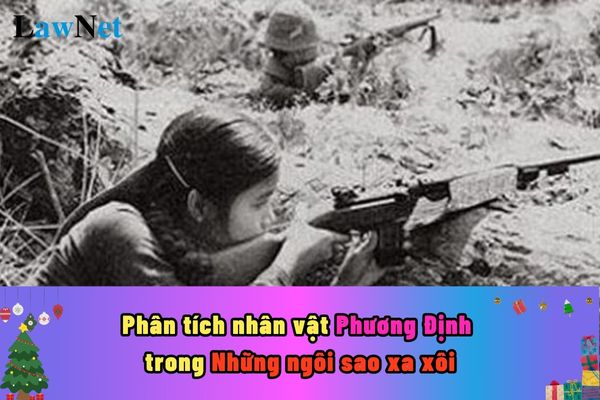
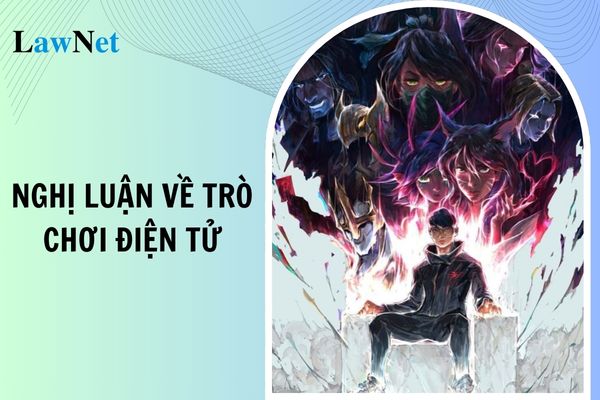
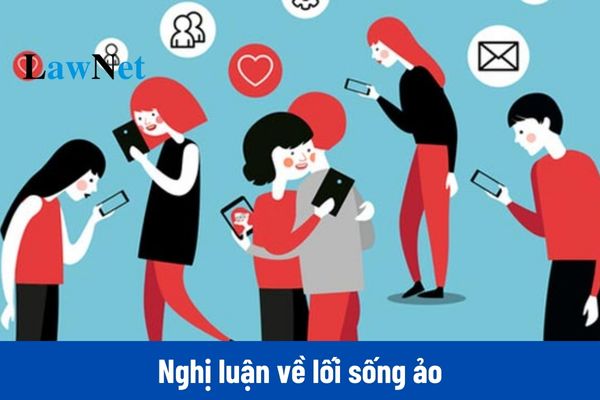

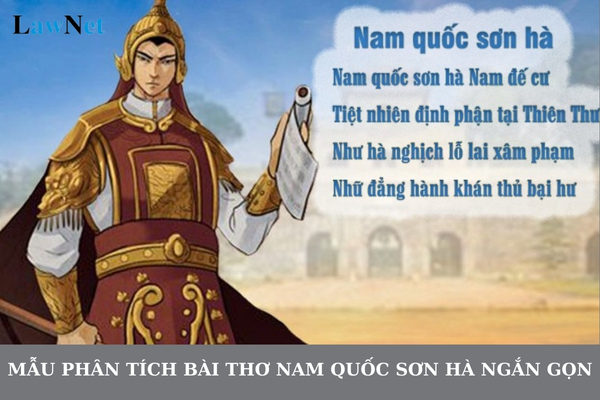
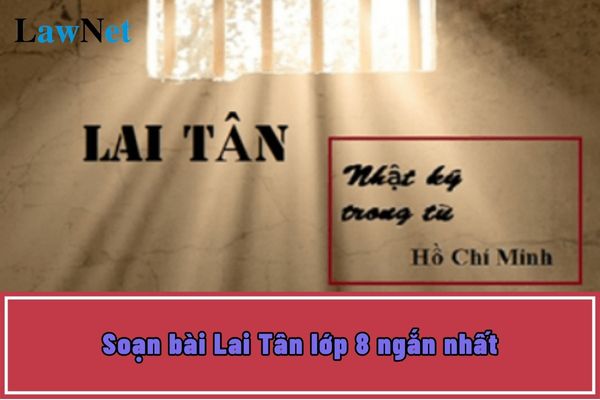
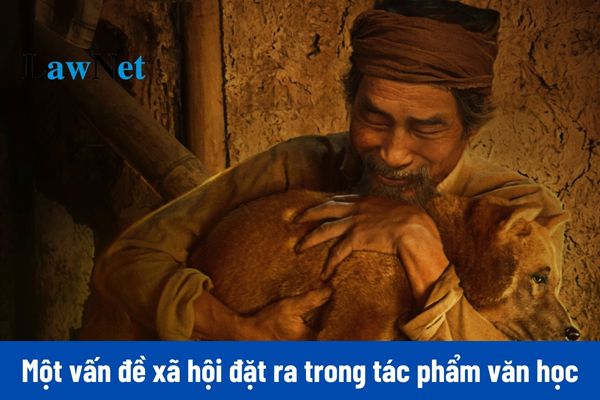

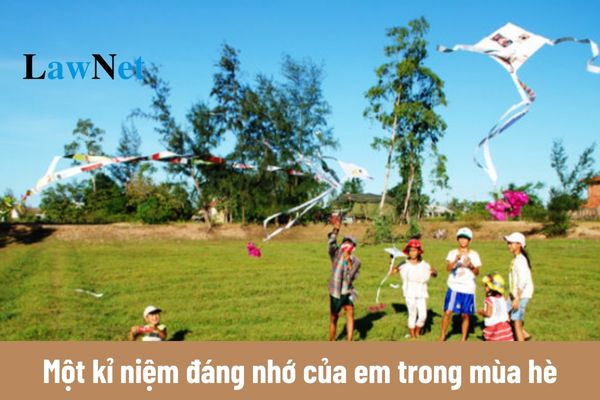
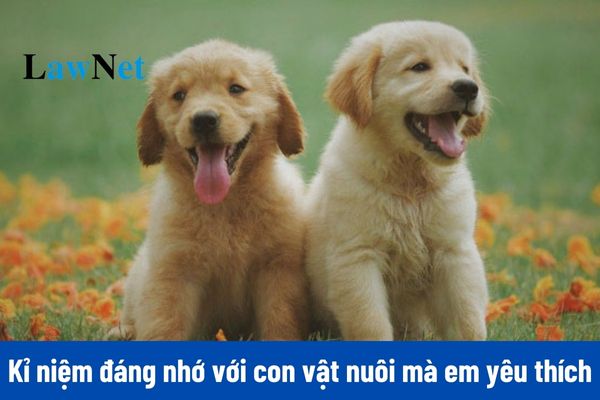
- Vietnam: What are the sample letters to friends for 4th-grade students? How many periodic tests do 4th-grade students have to take in a school year?
- Vietnam: What are the 06 sample introductions of an essay on the poem "Đoàn thuyền đánh cá" for excellent students? What are the objectives for Literature at the upper secondary level?
- What is Renaissance Culture? In Vietnam, what is the grade at which students will learn about Renaissance Culture?
- Vietnam: What are the sample letters to relatives for 4th-grade students? What are the writing skills required for 4th-grade students?
- Vietnam: What are the sample social argumentative essays on responsibility in work under the 10th-grade Literature curriculum? How many lessons in the school year does the 10th-grade Literature curriculum include?
- Vietnam: What is the schedule for returning to universities after the Lunar New Year 2025?
- Vietnam: What are the top 10 200-word sample argumentative essays on green living? In what category are the learning results of 7th-grade students with a GPA of a subject of 6.5 assessed?
- Vietnam: What are the sample argumentative essays on an issue to be solved between humans and water resources? What learning outcomes are required for writing practice in the 7th-grade Literature curriculum?
- Vietnam: What are the top 03 sample argumentative essays on a human vice in society? When do students take the 1st-semester final exam for the 2024-2025 school year?
- What are the analyses of the role and significance of wars for protection of the Fatherland in Vietnamese History before 1945?

